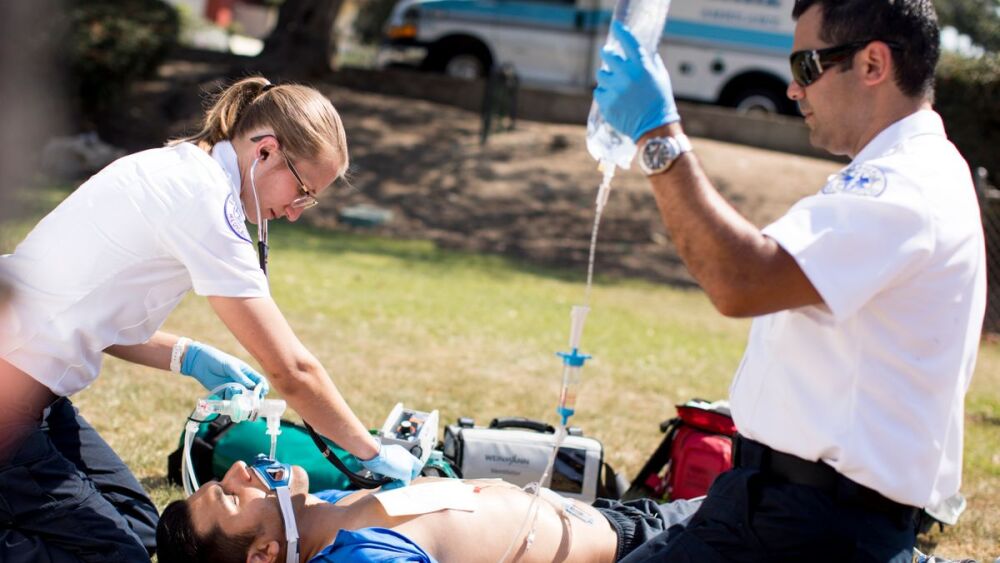Content provided by Weinmann Emergency
When on a call, do you prefer to use a ventilation bag and mask rather than a ventilator? While you may feel more confident with the “hands-on” method of ventilating a patient, studies confirm that bag-valve-mask ventilation often poses more risks than benefits. This is because it is technically demanding and requires a lot of skill and training. Even experienced EMTs are not always able to ventilate patients as precisely stipulated by international guidelines. These demand a constant ventilation volume and avoidance of pressure peaks in the airways.
What are the risks of bag-valve-mask ventilation?
With manual ventilation such as bag-valve-mask ventilation, ventilation volumes tend to fluctuate greatly. And, if the ventilation parameters aren’t correct, the ventilation bag does not issue an alarm, as is standard with ventilators.
There is also the risk that it may not be possible to fit the mask tightly on the patient’s face with one hand. This can cause a reduction in the ventilation volume, due to leakage, which may endanger the patient. This is why international guidelines recommend the two-rescuer technique. The first rescuer positions the mask tightly on the patient’s face while the second rescuer operates the ventilation bag. The disadvantage in this scenarios is that two rescuers are required.
How do I protect my patient with mechanical ventilation?
Mechanical ventilation offers key advantages compared to manual ventilation, particularly with regard to patient safety. If the patient is ventilated using a mask, the rescuer can hold the patient’s head in a correct axial position with both hands. By doing so, the risk of overly intensive ventilation causing hyperventilation is avoided, as the ventilator is able to guarantee constant and guideline-compliant ventilation. Peak pressures are reduced, so the intrathoracic pressure is also lower, and this improves the venous return and cardiac output. Furthermore, overinflation of the stomach becomes less likely and the risk of aspiration is reduced.
How does MEDUMAT Easy CPR work?
MEDUMAT Easy CPR offers a good introduction to mechanical ventilation. It supports the less experienced user during ventilation and resuscitation. The device is also compact and light enough to easily fit in a rucksack.
In certain situations, it is necessary to trigger the mechanical breaths individually as required. In emergency medicine, this is particularly the case for cardiopulmonary resuscitation and induction of anesthesia. The MEDUtrigger is available for MEDUMAT Easy CPR and is attached directly to the mask and connected to the ventilator by an electrical cable. The MEDUtrigger allows manual breaths to be triggered on the ventilation mask itself. This means that MEDUMAT Easy CPR replaces the ventilation bag during manual ventilation, while offering the safety of a mechanical ventilator.
And how do I benefit as an emT?
Ventilators offer enhanced safety through visual and acoustic alarms, clearly visible measurement and setting parameters, as well as constant ventilation parameters, ensure consistent and guideline-compliant ventilation of patients. Some devices also feature special functions such as voice prompts, metronome and CPR* and RSI** modes. The MEDUtrigger allows individual mechanical breaths to be triggered manually on the mask, which means you can determine the timing of mechanical breaths very precisely.
Mechanical ventilation also takes the strain, and not just in ergonomic terms. Whilse manual ventilation requires one or even two rescuers, machine ventilation of intubated patients leaves both hands free for other important tasks. Valuable human resources can be put to the best possible use – which improves workflow and frees up capacity for other live-saving measures or documentation.













